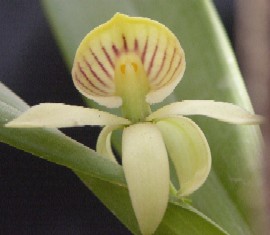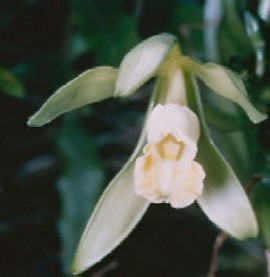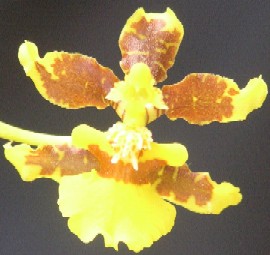





Orchid Fertilizing
Fertilizer Basics
Fertilizers are rated with 3 numbers, which indicate the strength of 3 different chemicals that are needed for plant growth.
The first number is Nitrogen, the second is Phosphate (P2O5), and the third is Potash (K2O).
Nitrogen encourages growth.
Phosphate encourages flowers.
Orchids do not like strong fertilizers. When choosing a fertilizer, avoid ones where any of the numbers is higher than ten.
Also, when diluting a fertilizer, use less than the recommended amount. It’s better to fertilize your plants twice as often with a fertilizer that is half strength.
Bloom vs Growth
When choosing fertilizer, it’s important to know when your orchid normally blooms.
Starting at the end of an orchid’s blooming season, your plants should regularly receive a fertilizer that encourages growth. Choose a fertilizer that has the first number higher than the other two. Example: a fertilizer that has a 8 – 4 – 4 rating will encourage growth.
About 4 months before your orchid would normally bloom again, switch to a fertilizer that encourages flowers. Example: a fertilizer that has a 4 – 8 – 3 rating will encourage blooms.
How Often?
This depends on a lot of factors. Potted plants need less than mounted plants. Rainy season and frequent watering requires fertilization more often. Stronger fertilizers should be applied less often than weaker ones.
Natural Fertilization
In the wild, plants are fertilized naturally. Debris from orchids and other nearby plants gets trapped in the pseudobulb/rhizome/root system of orchids. Over time, this debris decomposes, providing the plants with their nutrition. Caution: too much debris, or debris that remains wet too long, can lead to fungus, mold, or bacteria that will destroy your plants.